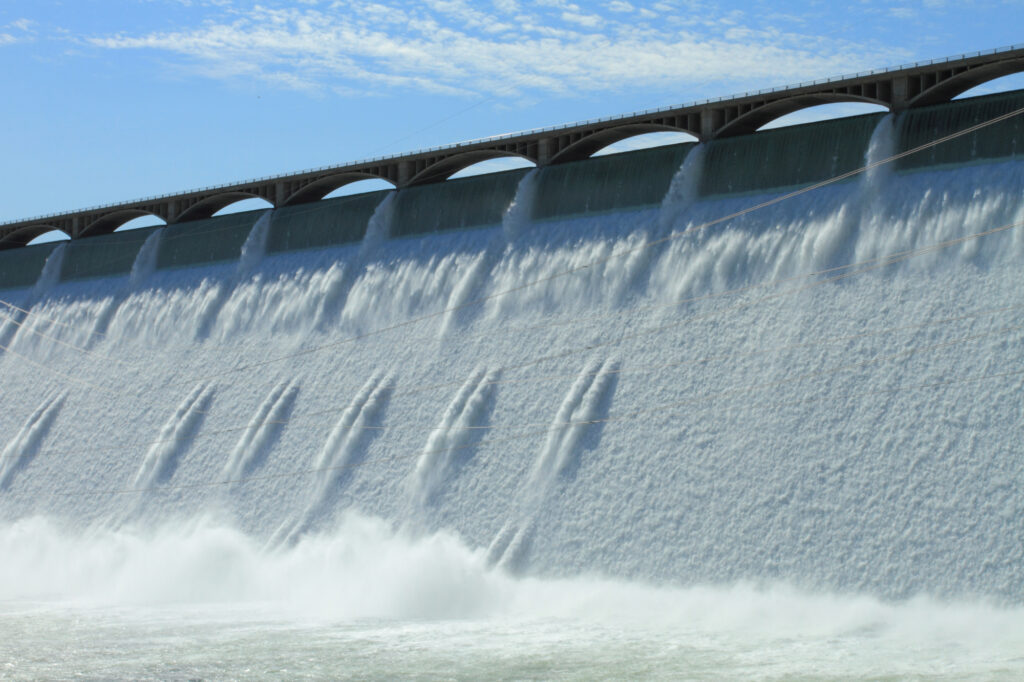The ISSUES
Local Empowerment
Rural communities have long resisted unwanted industrial projects impacting farmlands. Protecting local property rights is crucial to preventing uses that are inconsistent with well established local land uses.
In Eastern Washington, our zoning process is designed to involve local officials and community input, preserving our autonomy and focusing on what’s best for us as a whole. Industrial projects pushed by corporate and out-of-region political interests should not override our local zoning.
A thorough local zoning review acts as the primary safeguard against developers who might mislead locals about the supposed benefits of wind and solar projects, often highlighting short-term gains without ensuring real economic growth. Local zoning offers the best platform to scrutinize these claims and keep developers accountable.
“Voices” supports rural communities by equipping them with tools to challenge exploitative practices, ensuring that land use decisions reflect local plans and values, thus safeguarding our community’s future.

Stopping Bad Projects
In Eastern Washington, we have zoning codes that we are all bound to follow. If a land use isn’t contemplated in the county zoning code, we have the right to defend our communities against unnecessary projects that harm us. Whether a non-conforming land use is allowed should be decided through our local democratic institutions who ask three basic questions:
- Is a project necessary? Is there a compelling social need?
- If so, is it useful for meeting this need? Does it actually deliver as promised?
- If so, do the community benefits outweigh the harms? Does it hurt us?
With respect to industrial wind and solar, VOICES is dedicated to stopping needless, useless and reckless industrial projects in agricultural zones.
Needless?
In rural Washington, there’s a threshold question as to whether wind and solar development are really needed. That’s because we already enjoy abundant, clean, and affordable hydroelectric power.
Useless?
We need an honest evaluation of whether wind and solar deliver when needed and whether a true lifecycle emissions analysis negates any purported climate benefit.Streamlining the design process
Reckless?
These projects harm the environment, disrupt local economies, and divide communities.

The ISSUES
Real Energy Solutions
Eastern Washington’s hydroelectric power system is a global engineering marvel still in the very infancy of its operational lifespan. It harnesses the power of gravity via the mighty Columbia and its tributaries.
An environmental and social sacrifice was made decades ago to tap this resource, and impacts to fish ecology that weren’t considered at the time have been corrected. Today, the system is functionally invisible to fish. Now we have the responsibility to use the resource to its highest and greatest capacity within its existing operating footprint.
By completing this project, we can provide more than 5 gW of electricity – the equivalent of more than 2,000 industrial wind turbines – at the lowest cost, highest reliability, lowest emissions of all types, and least amount of land required of any potential energy project on planet Earth.
